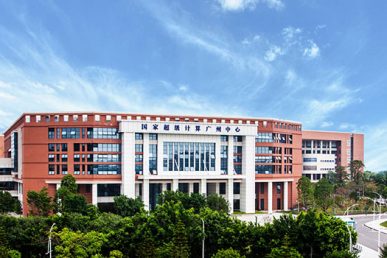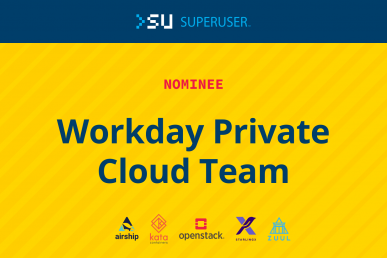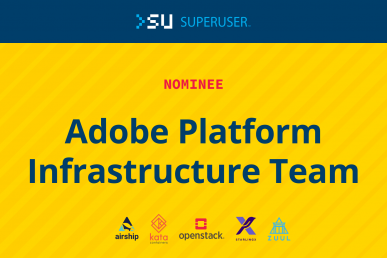It’s time for the community to help determine the winner of the 2020 Open Infrastructure Summit Superuser Awards. The Superuser Editorial Advisory Board will review the nominees and determine the finalists and overall winner after the community has had a chance to review and rate nominees.
Now, it’s your turn.
StackHPC is one of eight nominees for the Superuser Awards. Review the nomination criteria below, check out the other nominees and rate them before the deadline September 28 at 11:59 p.m. Pacific Daylight Time.
Rate them here!
Who is the nominee?
StackHPC
How has open infrastructure transformed the organization’s business?
StackHPC was formed about five years ago, with a vision of the opportunities offered by open infrastructure for scientific and research computing.
In that time, our team has grown with the growth of open infrastructure, but we remain true to our roots and everything we do is contributed upstream where possible.
As such, the company is not just transformed but entirely inspired by open infrastructure.
How has the organization participated in or contributed to an open source project?
- All of the above, since the moment of our creation!
- We contribute code, bug reports, reviews, and documentation to open source projects.
- We participate on the community mailing lists, IRC and Slack channels.
- We contribute blueprints and implementations for major pieces of new functionality.
- We present our work at open source conferences and meetups.
What open source technologies does the organization use in its open infrastructure environment?
The main open source technologies in our ecosystem are:
- OpenStack
- Ceph
- Linux
- Open vSwitch
- Ansible
- Kubernetes
What is the scale of your open infrastructure environment?
We work with clients with a broad range of use cases and scales:
- From tens to thousands of compute nodes.
- Virtualized, containerized, and bare metal workloads.
What kind of operational challenges have you overcome during your experience with open infrastructure?
We have worked on issues with performance and scale in a number of areas, including:
- Provisioning bare metal compute nodes using Ironic at large scale.
- Telemetry and monitoring of open infrastructure at large scale.
- High performance virtualization for compute intensive workloads.
- Using Ansible to manage open infrastructure at large-scale.
How is this team innovating with open infrastructure?
Our next vision is the software-defined supercomputer. We will be building giant machines, among the most powerful computers in the world, designed to solve some of the most challenging problems faced by science today. We will provide scientists and users with new ways of interacting with high-performance computing to help them get straight to the science.
And we will do all this using open infrastructure.
Each community member can rate the nominees once by September 28 at 11:59 p.m. Pacific Daylight Time.
- Demystifying Confidential Containers with a Live Kata Containers Demo - July 13, 2023
- OpenInfra Summit Vancouver Recap: 50 things You Need to Know - June 16, 2023
- Congratulations to the 2023 Superuser Awards Winner: Bloomberg - June 13, 2023

)










